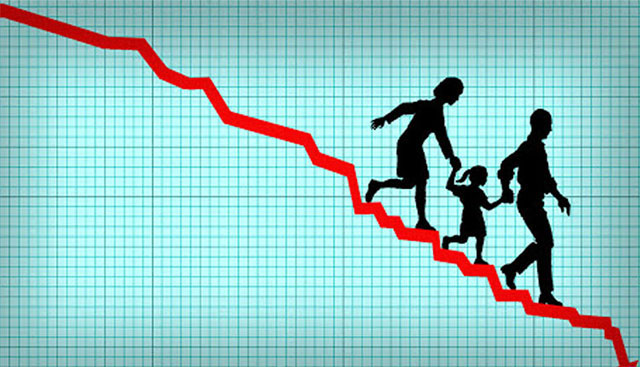Daijiworld Media Network – Mangaluru
Mangaluru, May 5: The fertility rate in Dakshina Kannada (DK) district has been steadily declining over the past two decades, raising concerns among health authorities. While the district has historically maintained a relatively stable sex ratio, there has been no significant improvement in recent years.
According to health department data, the fertility rate, which stood at 2% two decades ago, has now dropped to 1.5%. This downward trend has been particularly evident over the last ten years, prompting the health department to conduct detailed studies to identify the underlying causes. However, officials acknowledge that the trend shows no signs of reversal.

Dakshina Kannada, known for its high literacy rates and progressive social structure, has witnessed multiple socio-economic and cultural factors contributing to the decline in fertility. Key factors include increased female literacy, women’s empowerment, mental and work-related stress among couples, and lifestyle changes.
Additionally, despite a reduction in maternal mortality rates, health complications such as excessive bleeding, uterine disorders, and other unforeseen medical conditions have also contributed to the decreasing birth rate, according to health officials.
In 2013-14, the district recorded 13,536 male births and 12,527 female births, translating to a sex ratio of approximately 925 females per 1,000 males. By 2024-25, the numbers have changed to 11,235 male births and 10,587 female births, slightly improving the sex ratio to 942 females per 1,000 males. However, health authorities note that this increase is marginal and does not indicate a substantial improvement.
Speaking on the matter, Dakshina Kannada district health officer Dr H R Timmaiah stated, “A few decades ago, couples in the district typically had three to four children. Now, the trend has shifted, with many opting for just one child, regardless of gender. Factors such as education, economic stability, and lifestyle changes have influenced this shift. Despite the declining fertility rate, Dakshina Kannada continues to maintain a better sex ratio than several other districts in the state.”
Dr Ilyas from Mangaluru highlighted modern lifestyle choices as a key contributor to the declining fertility rate. “Dietary habits, increased consumption of junk food, lack of physical activity, work-related stress, night shifts, and delayed marriages are some of the major factors affecting fertility,” he said.
Dakshina Kannada is not alone in experiencing a decline in fertility rates. Several other districts, including Chamarajanagar, Udupi, Chikkamagaluru, Hassan, Ramanagara, Uttara Kannada, Mysuru, and Mandya, have also recorded lower fertility rates in recent years.
Nationally, India’s fertility rate has witnessed a sharp decline from 6.18 children per woman in 1950 to 1.91 in 2021.
The taluk-wise sex ratio in Dakshina Kannada has seen fluctuations over the past year. In Mangaluru, the ratio has dropped from 949 in 2023-24 to 935 in 2024-25, while Bantwal witnessed a decline from 948 to 926. Beltangady also recorded a decrease from 988 to 959, and Puttur saw a significant drop from 1012 to 938. On the other hand, Sullia showed an improvement, rising from 936 to 982. Overall, Dakshina Kannada district's sex ratio declined from 965 in 2023-24 to 939 in 2024-25, reflecting broader demographic trends.
As the fertility rate continues to decline, health experts stress the need for further research and policy interventions to understand and address the long-term implications for the region’s demographic trends.